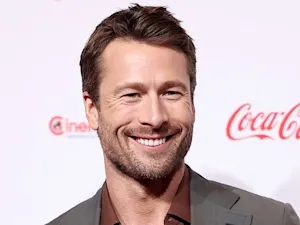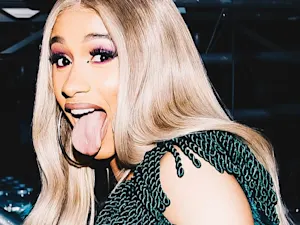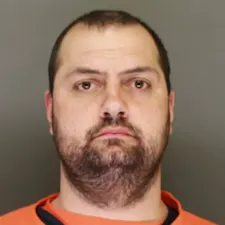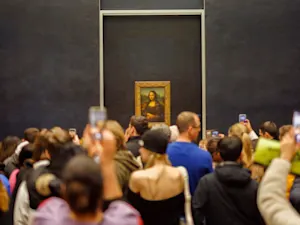
The Creepy Clowns That Terrorized America
In 2016, the United States witnessed a bizarre phenomenon that gripped the nation with fear and fascination — the "clown attack" craze. This sudden surge in creepy clown sightings led to nationwide panic, multiple arrests, and even discussions at the White House. Here's everything you need to know about this unsettling trend.
Origins of the Clown Craze
The clown hysteria began in late August 2016 in Greenville County, South Carolina. Reports emerged of clowns attempting to lure children into the woods, which sparked widespread alarm. Although the Greenville Sheriff's Office documented only three incidents and made no arrests, the stories quickly spread, creating a ripple effect across the country.

Impact Across the States
What started in South Carolina rapidly became a national phenomenon. Clown sightings were reported in more than two dozen states, from Alabama to Wisconsin. Many of these incidents turned out to be hoaxes, but some led to serious consequences. In Alabama, seven individuals faced felony charges for making terrorist threats related to clown activity.
Public Reaction and Law Enforcement Response
The hysteria prompted a range of reactions. Hundreds of students at Pennsylvania State University participated in a mass clown hunt, while schools in Connecticut banned clown costumes and symbols of terror. Even the White House addressed the issue, with press secretary Josh Earnest acknowledging the seriousness of the situation for local law enforcement.
Psychological and Social Factors
The fear of clowns, known as coulrophobia, has deep psychological roots. Experts suggest that clowns' heavy makeup and exaggerated facial expressions conceal their true identities, making them inherently unsettling. This fear was famously exacerbated by Stephen King's creation of Pennywise in the novel "It."
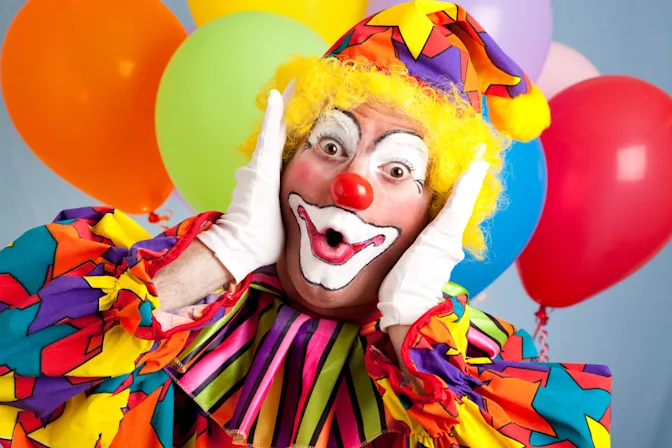
The Aftermath and Decline
Despite the widespread panic, the clown craze did not result in any serious injuries or deaths. Most sightings were attributed to pranksters or false reports. By the end of 2016, the phenomenon had largely faded, though it left a lasting impact on the public's perception of clowns and highlighted the power of viral hysteria.
The clown attack craze of 2016 was a strange episode that captivated and terrified the nation. While it has since subsided, it serves as a reminder of how quickly fear can spread in the age of social media and instant communication.
References: Everything You Need to Know About the 'Clown Attack' Craze | How the Clown Craze Got Started







